How to Start Woodworking at Home
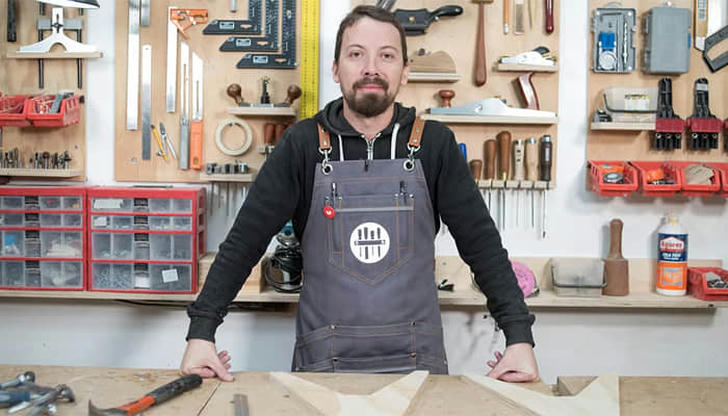
Are you looking to turn your home into a woodworking workshop? Whether you're inspired by the idea of building custom furniture, creating decorative pieces, or simply enjoying a new hands-on hobby, starting woodworking at home can be a rewarding and fulfilling experience.
Choosing the Right Space for Woodworking
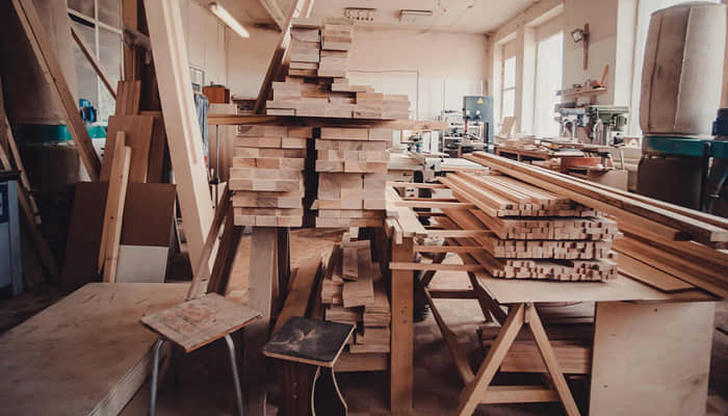
Starting woodworking at home begins with finding the perfect space to work. A garage, basement, or even a dedicated corner in a shed can serve as a great workshop. The key is to have enough room for your tools, materials, and a workbench while maintaining good ventilation for safety.
Besides space, consider noise levels and dust management. Woodworking can get loud, and sawdust accumulates quickly. If possible, set up your workspace away from main living areas to minimize disturbances and install a dust collection system or use a shop vacuum to keep your area clean.
Gathering Essential Tools
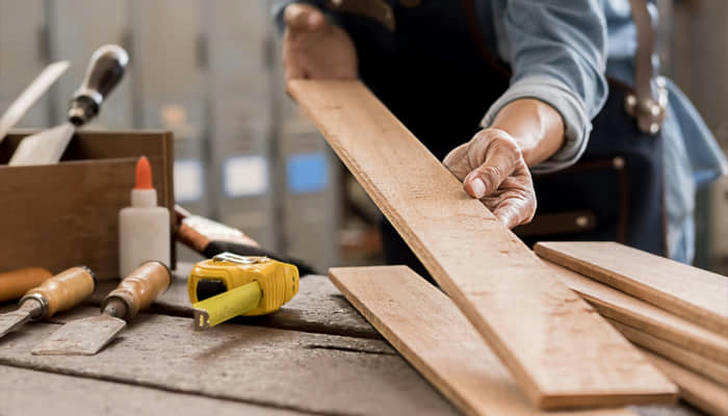
You don't need an extensive tool collection to start woodworking. A few essential tools like a hammer, screwdrivers, tape measure, clamps, and a handsaw will get you going. For more efficiency, consider investing in power tools such as a drill, jigsaw, circular saw, and sander.
Quality tools can make a significant difference in your woodworking experience. While it might be tempting to go for cheaper options, investing in well-made tools will save you money in the long run by reducing the chances of replacements and improving your work quality.
Understanding Different Types of Wood

Choosing the right wood is crucial for any woodworking project. Softwoods like pine are great for beginners because they are affordable and easy to work with. Hardwoods such as oak and maple are more durable but require better tools and skills to handle.
It's also important to consider the moisture content of the wood. Warped or damp wood can ruin your project. Always check for dryness and store wood properly in a cool, dry place to prevent warping over time.
Learning Basic Woodworking Techniques
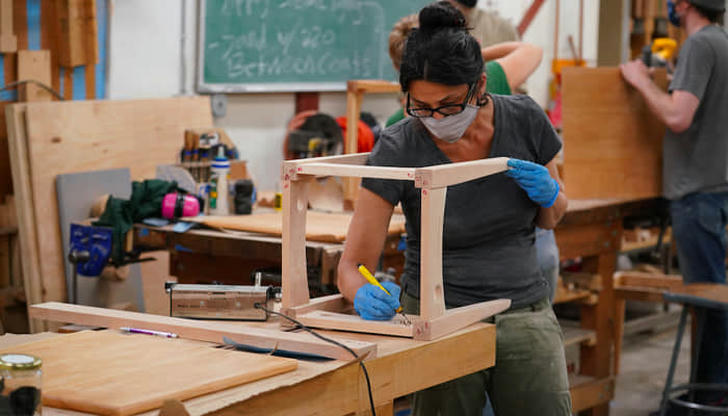
Mastering a few fundamental techniques will help you build confidence. Start with measuring and marking wood accurately. Proper measurements ensure precision, which is essential for quality work.
Cutting, sanding, and joining pieces are other basic skills to practice. Learning how to make clean cuts and smooth surfaces will improve your craftsmanship. You can begin with simple projects like building a small shelf or a birdhouse to develop these techniques.
Practicing Safety Measures

Safety should always be a priority in woodworking. Wear protective gear such as safety goggles, gloves, and a dust mask. Keeping your workspace well-lit and organized can also help prevent accidents.
Understanding how to use each tool properly is essential. Read manuals, watch tutorials, and never rush through a project. A well-planned approach reduces the risk of injuries and ensures better results.
Starting with Simple Projects
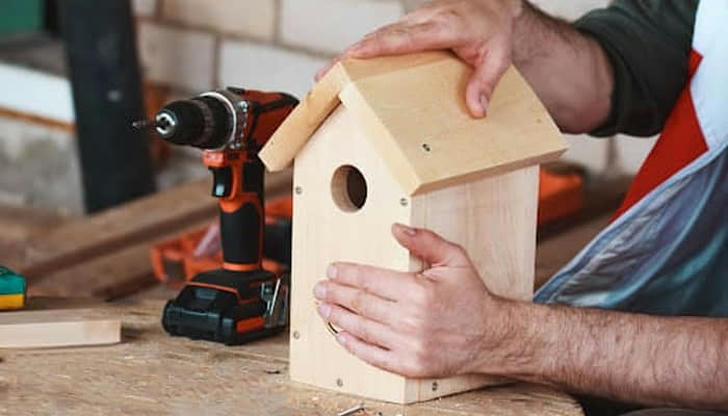
It's best to begin with small, manageable projects that help you develop your skills. Simple projects like picture frames, cutting boards, or wooden coasters are great for learning different techniques without feeling overwhelmed.
As you gain experience, you can move on to more complex projects like furniture making. Each completed project will boost your confidence and improve your ability to handle various woodworking challenges.
Finding Inspiration and Resources
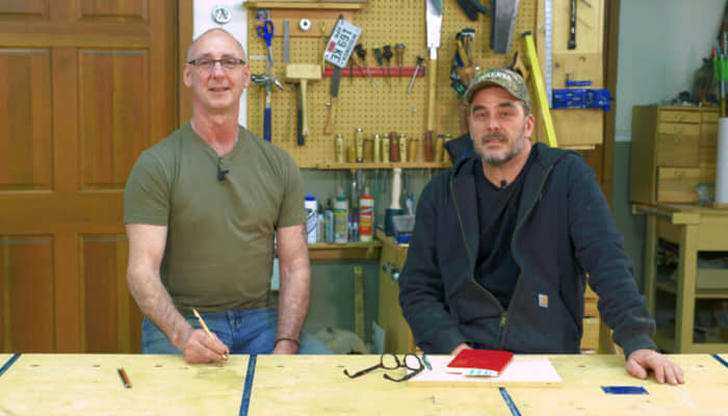
The internet is full of woodworking inspiration and free project plans. Websites, YouTube tutorials, and online communities can offer step-by-step guidance for beginners. Books and magazines on woodworking are also great resources.
Engaging with local woodworking clubs or forums can be helpful as well. You can ask questions, share your progress, and learn from experienced woodworkers who can offer valuable tips and tricks.
Building Your Skills Over Time

Woodworking is a skill that improves with practice. The more you work on different projects, the better you'll get at using tools and handling wood efficiently. Patience and consistency are key to mastering the craft.
Don't be afraid to make mistakes—every project is a learning opportunity. Take your time to understand what works and what doesn't, and refine your techniques along the way.
Exploring Different Woodworking Styles
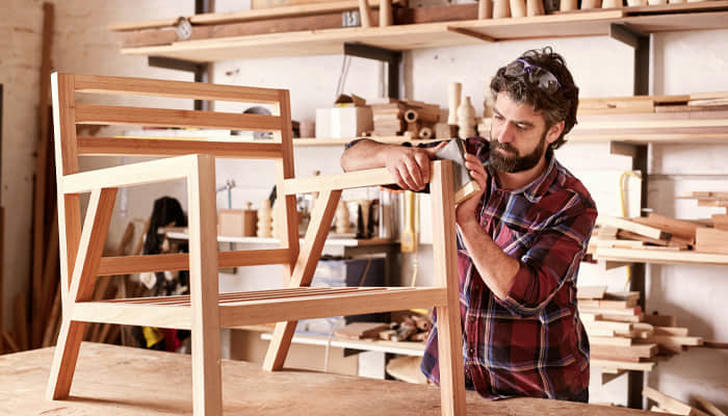
As you progress, you might develop an interest in different woodworking styles. Some enjoy rustic, farmhouse-style furniture, while others prefer modern, minimalist designs. Experimenting with various aesthetics can help you find your niche and improve your craftsmanship.
Joinery techniques, such as dovetail joints, mortise and tenon, and pocket hole joinery, can elevate the quality of your work. Learning about these methods will allow you to create more professional and durable projects.
Setting Goals for Your Woodworking Journey
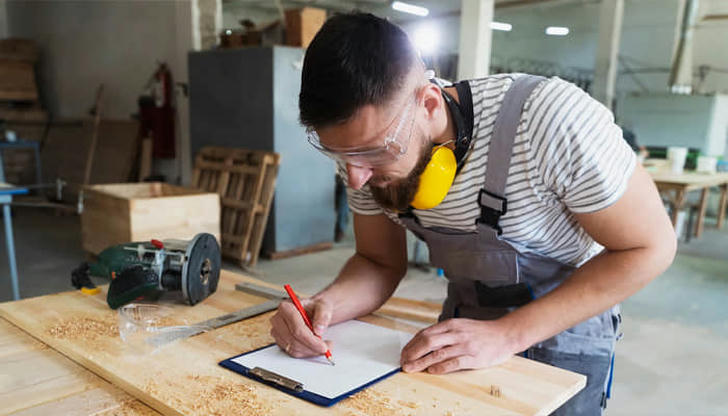
Setting goals can keep you motivated and focused. Whether it's learning a new technique, completing a specific project, or even selling your work, having a clear objective will enhance your woodworking experience.
Consider keeping a woodworking journal to track your progress. Documenting your projects, challenges, and improvements over time will help you see how far you've come and identify areas for growth.
Enjoying the Process and Having Fun
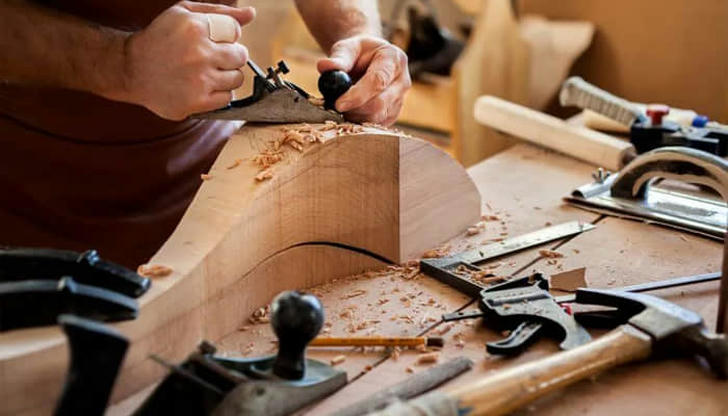
Most importantly, enjoy the journey! Woodworking is not just about building things; it's about creativity, problem-solving, and relaxation. The joy of creating something with your own hands is incredibly rewarding.
Celebrate your progress, no matter how small. Whether it's fixing a wobbly chair or crafting a beautiful wooden box, every achievement adds to your confidence and skills. Woodworking at home can be a lifelong hobby that brings satisfaction and even opens up opportunities for custom projects or small business ventures.
